How to Care for Your Gardenia in Winter
The cold winter months can be very challenging for Gardenias. They need to remain healthy and thrive all year round, but they are vulnerable to frost damage with the temperatures dropping. Suppose you reside in a colder area, like Canada or the United States, protecting your plants from the harsh winter conditions is essential. As most know, gardenias do not like cold weather and can die after heavy frosts. We will help you protect your gardenia plant from winter damage.
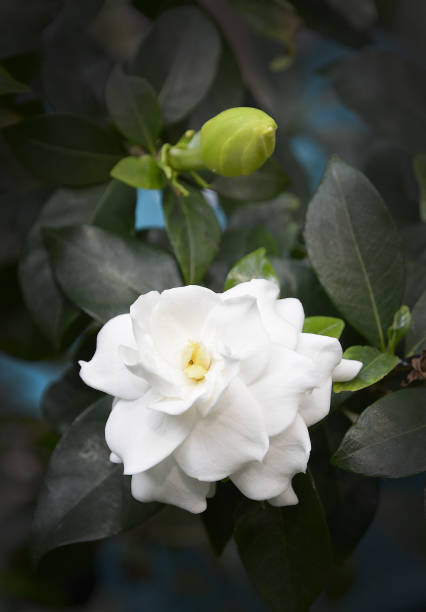
Table of Contents
Will Gardenia Survive Winter?
Yes, gardenias can survive the winter if kept well-watered and sheltered from cold weather. However, gardenia plants that are not adequately cared for in the colder months may dieback or have severe damage caused by frost. If you live in a colder climate, it is essential to safeguard your gardenia plants before winter arrives.
Do Gardenias Lose Leaves in Winter?
Gardenias typically lose their leaves in the winter, depending on the cultivar and region. Some gardenias will keep most of their foliage, while others may lose all of it. It’s important to water your plants well during this time, so they don’t get too thirsty and stressed out.
How to Protect Gardenias From Winter Damage
It’s uncertain that a cold-hardy cultivar will thrive in the wild outside of USDA Zone 7. If you intend to grow gardenias outside, the colder your region, the more you should take in planning your planting and caring for them. There are several ways you can protect your Gardenia plants from winter damage.
Install a Gardenia Cold Frame
A cold frame is a practical way to protect your Gardenia plants from the harsh weather conditions of winter by keeping them warm and sheltered from frost. You can keep your Gardenia plant healthy and thriving during these difficult months by installing one. Cold frames are easy to set up and only require simple materials, like old lumber or an unused shed. You can purchase a cold frame from your local garden center or online.
Shelter Your Gardenia Plant From Frost
Another way to help protect your Gardenia plant from frost is to keep it sheltered from the cold weather conditions. If possible, try to place your Gardenia near a warm windowsill or in a bright location that receives plenty of sunlight. It will help keep the plant warm and hopefully prevent frost damage.
Mulch Gardenias in Winter
One of the best ways to protect gardenia plants from winter damage is to mulch them with organic material. It will definitely help to keep the soil moist and cool, preventing freezes and thawing that can cause plant death. If you don’t have space to install a mulching system, try scattering some straw or newspapers around your gardenia plant before winter arrives.
Prune Gardenias in Winter
Another way to protect your Gardenia plants from winter damage is to prune them back severely. It will move some of the sap away from the plant’s leaves and thicken the stem to tolerate cold temperatures better.
Check for Brown Spots on Your Gardenia Plant
If you notice any brown spots or lesions on your Gardenia plant, be sure to contact a professional. It will spread diseases that can damage the plant over time.
Check for Blight on Your Gardenia Plant
Contact a professional to confirm the diagnosis if you notice anything unusual or suspect that your Gardenia plant may have blight. This serious fungus can cause leaf fall, brown patches on the leaves, and even plant death.
Water Your Gardenia Plant Properly in Winter
One of the most necessary ways you can protect your Gardenia plants from winter damage is to water them properly. Ensure that you give the plant enough moisture, but avoid overwatering as this will cause root rot and other problems. During the winter, your Gardenia is dormant, so it doesn’t require as much water. However, if your Gardenia is in a pot or container, make sure to water it regularly. Watering the roots helps prevent the plant from freezing and dying.
Check for Frost Damage on Your Gardenia Plant
Another way to protect your Gardenia plants from winter damage is to check for frost damage before it happens. If you notice any brown or shriveled areas on the leaves, be sure to remove them immediately so that the plant can recover.
Frequently Check for Pests on Your Gardenia Plant
One of the biggest problems that Gardenia plants face during winter is pests. If you notice any odd behavior or damage from pests, be sure to take action before it is too damaged.
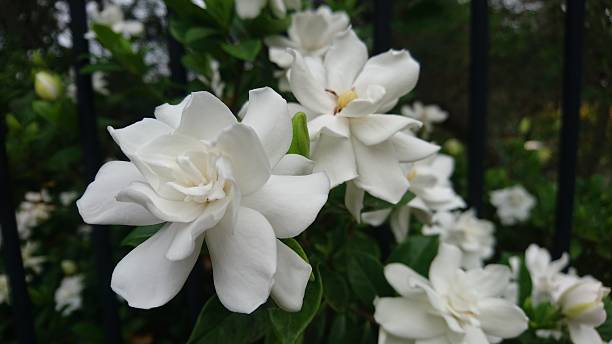
Fertilize Your Gardenia Plant in Spring
One of the great ways to help your Gardenia plant grow and survive during winter is to fertilize it in spring. It will help promote healthy growth and foliage and increase the plant’s resistance to pests and diseases. Gardenias do not require as much fertilizer during the winter months. If you fertilize your Gardenia, make sure to dilute it with water. Fertilizing too heavily can cause fungus and other problems that can be difficult to fix.
Monitor Your Gardenia Plant Regularly
One of the practical ways to protect your Gardenia plants from winter damage is by regularly monitoring them. Suppose you notice any changes such as wilting, small leaves, or signs of root rot. Take action right away.
Hardy Gardenia Varieties That Can Survive Winter
Cold-hardy Gardenias plants can withstand frost, and they can also handle lower levels of humidity than other types of Gardenias. This type of plant is perfect for people who live in areas where there is a lot of fluctuation in temperature. Cold-hardy gardenias are also great for people who have trouble keeping plants alive during colder months. Another benefit of having a cold-hardy gardenia is that it is resistant to many common garden pests and diseases. Most gardenias are hardy to at least Zone 8 or 9. So if you are looking for a plant that will thrive in your climate, has few pest problems, and won’t require much care once established, a cold-hardy gardenia may be the perfect choice for you. These hardy Gardenias can withstand temperatures in Zone 7 and still produce beautiful blooms. However, no varieties are suggested for regions colder than USDA zone seven.
Frost Proof Gardenia
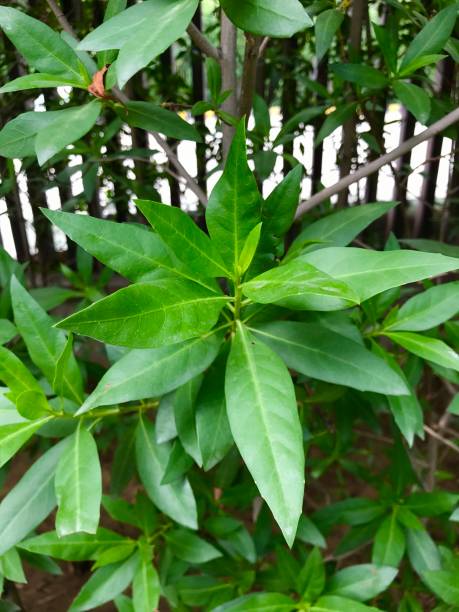
Gardenia jasminoides ‘Frost Proof’
In zones 7 through 11, Frost Proof Gardenia is among the most cold-hardy Gardenia types, with rare success even in Zone 6b settings if planted in well-protected regions. It is advisable to plant in a well-sheltered place away from direct winter winds if you live or plan to plant it in Zone 6b. The foliage is evergreen, as is the case with most other Gardenia cultivars seen today. The growth rate is slow to moderate up to 4 to 6 inches per annum. It can maintain an excellent green color throughout the cold months.
Kleim’s Hardy Gardenia
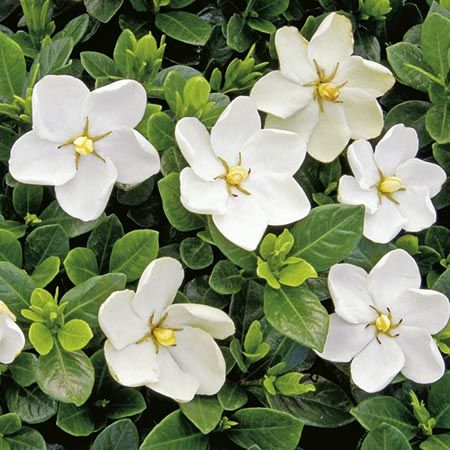
Gardenia jasminoides’ Kleim’s Hardy’
Kleim’s Hardy Gardenia is the coldest hardy of all gardenias, USDA zone 7 to 11. The cultivar has large, erect leaves up to 15 inches long with a width of 2 1/2 inches. The flowers are fragrant, with colors ranging from soft pink to deep red and yellow-orange in shades. These plants grow best in full sun. However, it can tolerate partial shade if watered regularly throughout the winter. Kleim’s Hardy Gardenia will flower two times a year in Zones 8 and above; the first bloom is typically in early summer, followed by an autumnal bloom. The overall growth rate for this cultivar is slow at 1 to 2 feet per annum, but it can form a respectable 6-foot tree when grown in good soil and pruned regularly.
Chuck Hayes Gardenia
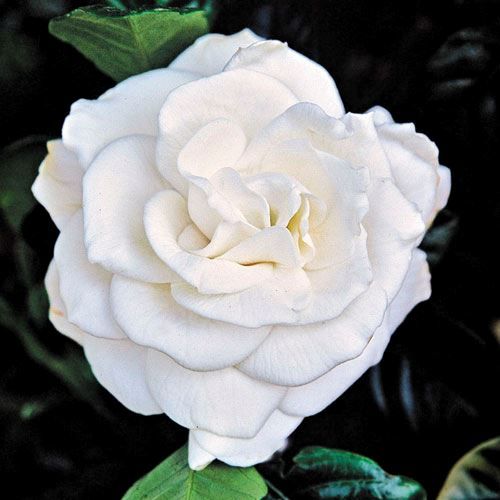
Gardenia jasminoides ‘Chuck Hayes’
Chuck Hayes Gardenia is a cold-hardy gardenia variety that can grow in USDA zones 7 through 11. It has big, impressive leaves up to 18 inches long and wide at 2 1/2 inches. The flowers are fragrant with soft pink or white petals and large yellow centers. These plants do best in full sunlight but can tolerate some partial shade if watered regularly throughout the winter months. Growth rates for Chuck Hayes Gardenias usually range from 1 to 2 feet per annum and can easily reach six feet in height when grown in good soil. Pruning is important for this species as overgrown leaves can lead to lean growth.
